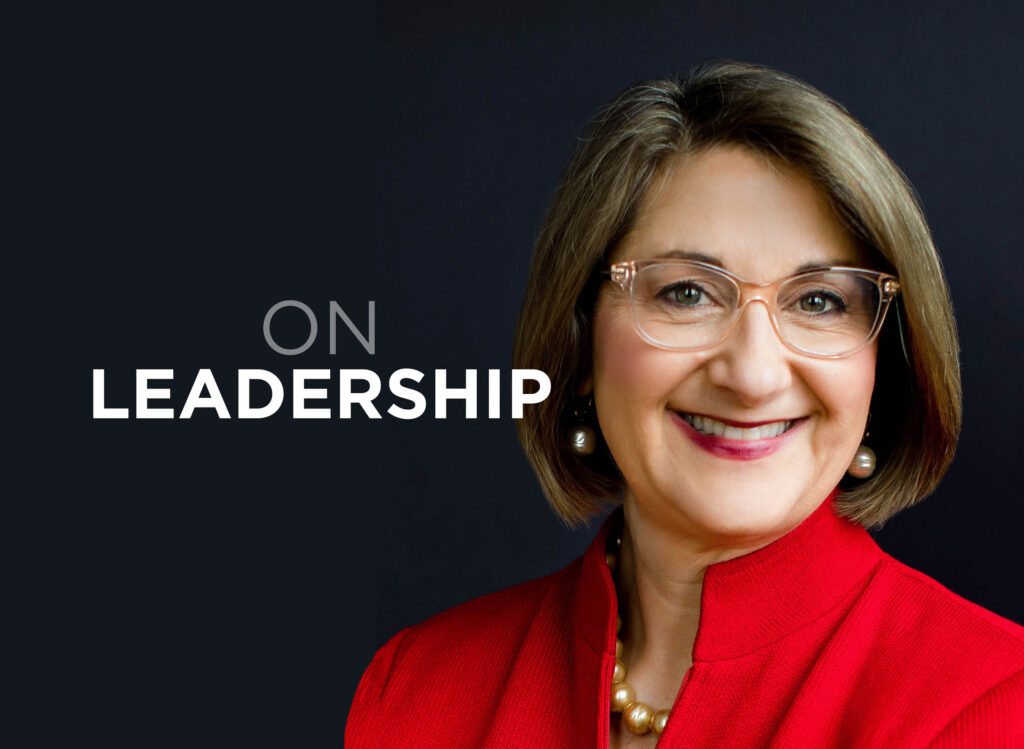The Elbert Files: A decade of change

The hierarchy of Des Moines has changed a lot during the 10 years I’ve written this column. New leaders have surfaced as key players retired or moved on. Others, most notably Barry Griswell, Johnny Danos and John Ruan III, died.
When you look at lists of the area’s 25 “most influential business leaders,” as selected annually by Business Record readers and compiled in our Book of Lists, only seven names from the original book in 2013 appear in the 2022 book.
By that measure, the metro area’s seven most persistent leaders are: Dan Houston, chairman and chief executive of Principal Financial Group; Jay Byers, chief executive of the Greater Des Moines Partnership; Kyle Krause, chairman of convenience store owner Krause Group; Suku Radia, retired accountant/banker; John Pappajohn, venture capitalist and philanthropist; Connie Wimer, owner of the Business Record’s parent Business Publications Corp.; and Jim Cownie, longtime entrepreneur and philanthropist.
Still active but not on the current “most influential” list are such giants as real estate mogul Bill Knapp and insurance and gaming entrepreneur Gary Kirke.
In their place are Ankeny entrepreneur Dennis Albaugh and hospital executive David Stark of UnityPoint, among others.
The current list includes 11 influencers from nonprofits, a segment that was largely missing from the top tier a decade ago.
Named nonprofit leaders include two university presidents, Angela Walker Franklin of Des Moines University and Iowa State University’s Wendy Wintersteen. Also on the list are the Convention and Visitors Bureau’s Greg Edwards, United Way chief Mary Sellers, and Community Foundation President Kristi Knous.
Leaders of three social service agencies made the cut in 2022: Renee Hardman formerly of Big Brothers Big Sisters, Izaah Knox of Urban Dreams and Teree Caldwell Johnson of Oakridge Neighborhood.
While the 2013 list of influential business leaders was mostly private sector and professional executives working in insurance, banking, real estate, transportation and publishing, the focus in 2022 includes nonprofits whose mission is improving the quality of life in the metro area.
Another noticeable change is diversity.
This year’s list of the top 25 influencers is nearly evenly divided with 12 women and 13 men, while the list for 2013 included only two women. Similarly, the older list included only two people of color, while the current list has six.
The individuals on the influencer lists – both in 2013 and today – are the reason Des Moines is recognized today on so many “best of” lists.
It’s based on quality of life, and you don’t need to look beyond the two names at the top of the 2022 list to see that.
The area’s No. 1 and No. 2 influencers are Principal Financial chief Houston, who has topped the list for three years in a row, and Byers, CEO of the Greater Des Moines Partnership, a collection of area chambers of commerce and development groups that was created two decades ago specifically to improve the quality of life in the metro area.
Byers’ job has been to implement that mission, while Houston and his predecessors at Principal, including the late Barry Griswell and Larry Zimpleman, have provided hugely important financial and moral support toward that end.
Principal is the third-largest private employer in the metro area with a workforce of about 6,500, but it is clearly the largest contributor to improved quality of life with its leadership on the $72 million Principal Riverwalk two decades ago and more recently its $284 million renovation of its downtown campus, which ranks as the largest single expenditure on a downtown building project.
A note about the “Most Influential” lists: Business Record readers vote annually at year’s end to create lists of “Most Influential Business Leaders.” When the first list was created, readers were asked to volunteer names and results were tabulated. In succeeding years, readers selected “Most Influential” individuals from lists of up to 200 names compiled from previous years with additions and subtractions as new leaders emerged and older ones died or moved away.







